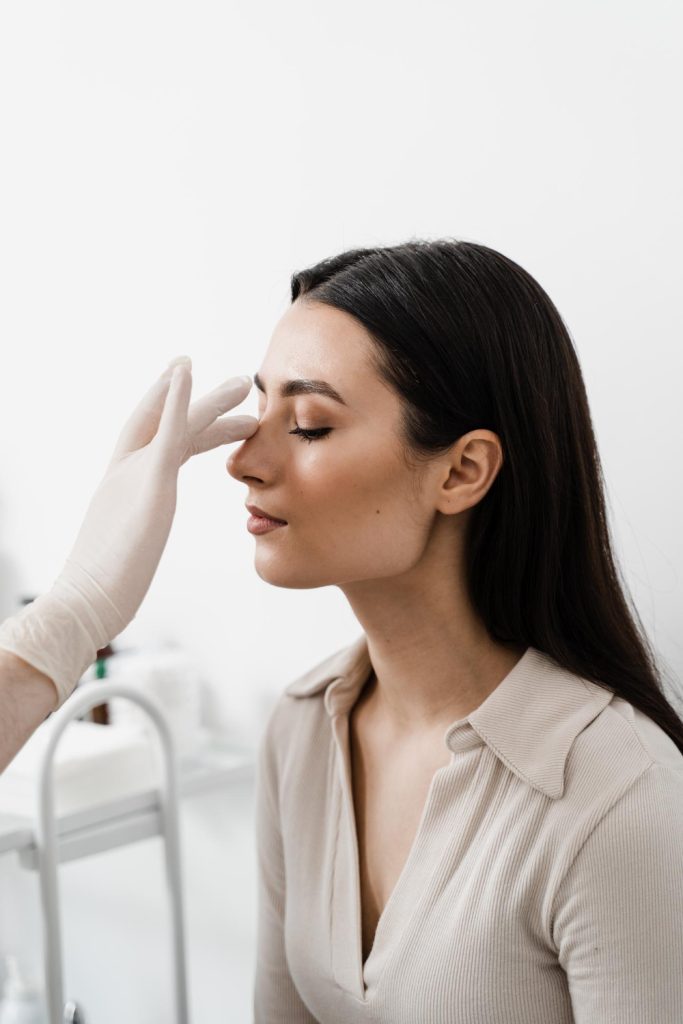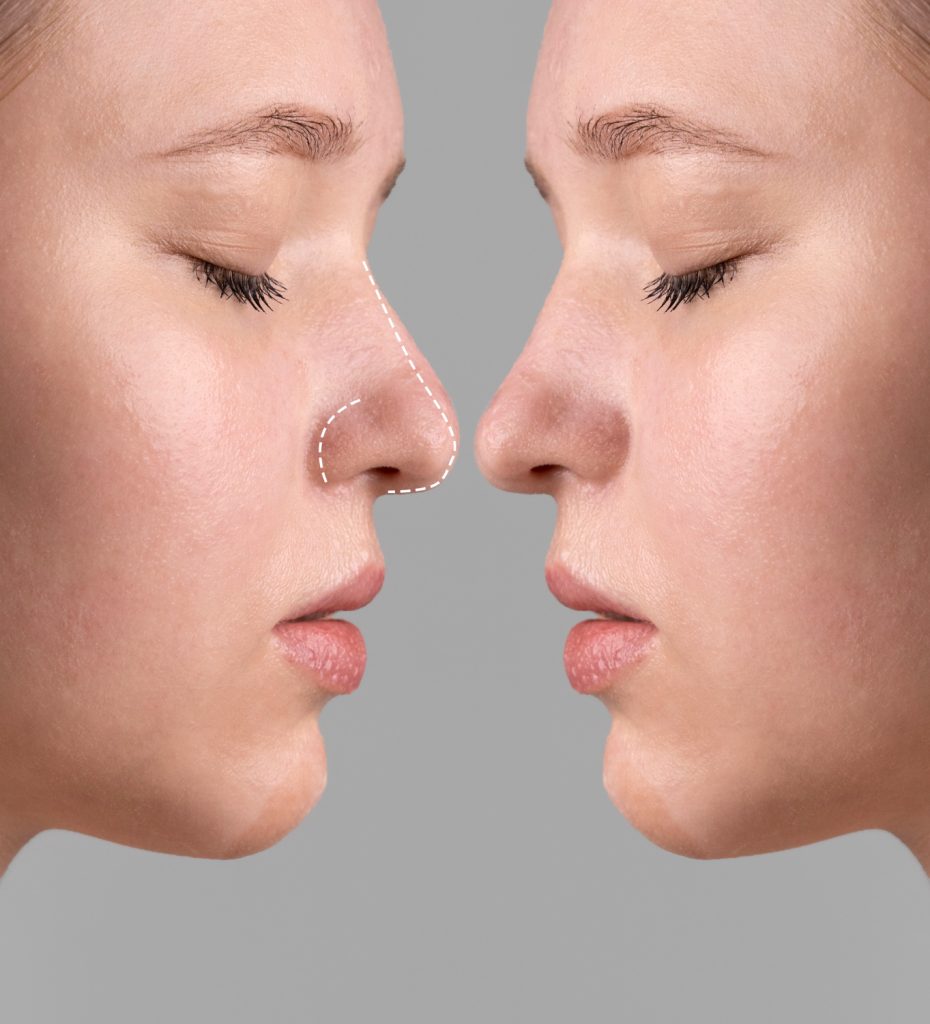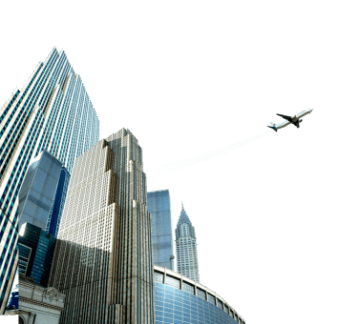
Rhinoplasty - Nose Surgery
Rhinoplasty, also known as nose surgery, is a surgical procedure aimed at improving the shape, size, and function of the nose. This cosmetic surgical operation can be performed for medical reasons such as addressing concerns related to appearance, resolving breathing problems, or healing nasal injuries.
The goal of rhinoplasty surgery is to achieve a nose anatomy that is aesthetically pleasing and proportionate to the face, while also allowing for healthy breathing, by reshaping the nasal bone and cartilage structures in harmony with the nasal skin tissue.
No two nasal anatomies are alike, so the procedures performed during surgery can vary significantly, and therefore, the surgeon must be proficient in dozens of different surgical techniques.
The aim of nasal aesthetics is to apply the philosophy of rhinoplasty, which focuses on reshaping the nasal bone and cartilage structures internally without excessively removing them, thus preserving the natural and structural integrity of the nose during surgery.
Nasal aesthetics, or rhinoplasty, is applied in various situations, including:
- When the nose is disproportionately large or small relative to the facial
- When the nose has a prominent or humped bridge.
- When the nose is concave or deviated.
- When the tip of the nose is deformed.
- When the tip of the nose is drooping.
- When there are nasal polyps or other obstructions inside the nose.
During a nose surgery, issues causing breathing difficulties are also addressed and corrected, thereby alleviating nasal congestion.
Nose aesthetic surgeries are generally performed in two ways: ‘open technique’ and ‘closed technique.’
Open Technique: This method is preferred for serious nasal tip problems and advanced bone curvature. The main advantage of the open technique is that it allows direct visibility during the surgery. It is generally considered easier for surgeons to perform and learn. In this technique, all the bone and cartilage structures in the nose are fully visible in that area. During the surgery, the skin of the nasal tip is lifted, exposing the cartilage underneath.
In the open technique, all types of shape deformities, nasal curvatures, and deficiencies or collapsed areas in the cartilage can be corrected. The open technique is generally an operation that does not leave visible scars, depending on the surgeon’s skill.
Closed Technique: This method is an incisionless nose surgery technique. It is generally preferred for issues such as reducing the size of the nose, correcting bumps on the nasal bridge, and fixing nasal deformities. The incisions for the nose are made inside the nostrils and can be visible up to the root of the nose. The operation, usually performed under general anesthesia, lasts an average of 2-3 hours. Compared to the open technique, there is a lower risk of swelling, and wounds that may occur on the nose are minimized. Additionally, the recovery process is shorter and more comfortable.

You can
reach us 24/7
via WhatsApp.
Feel free to ask our expert consultants any questions at any time. You can also plan your journey with us.






